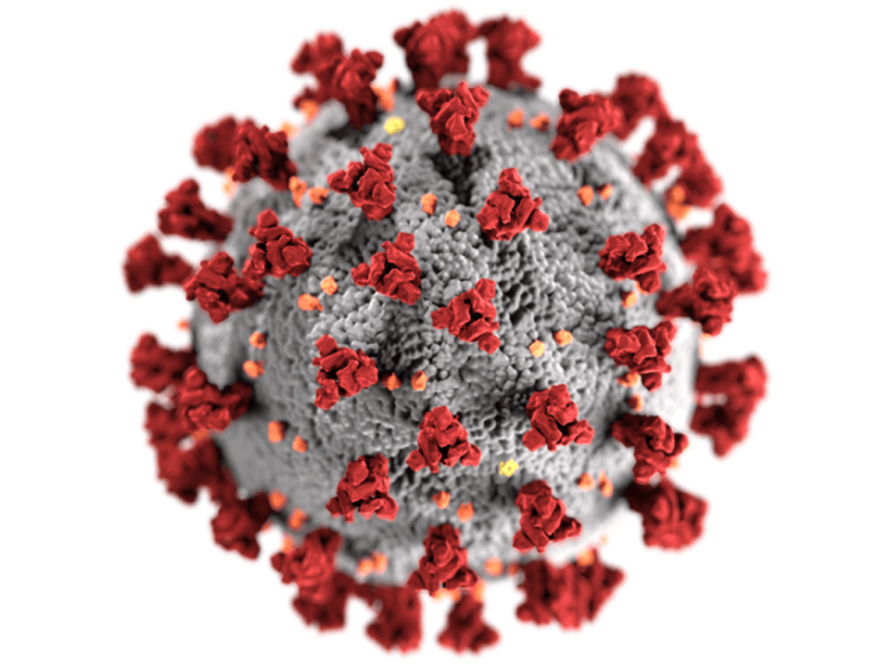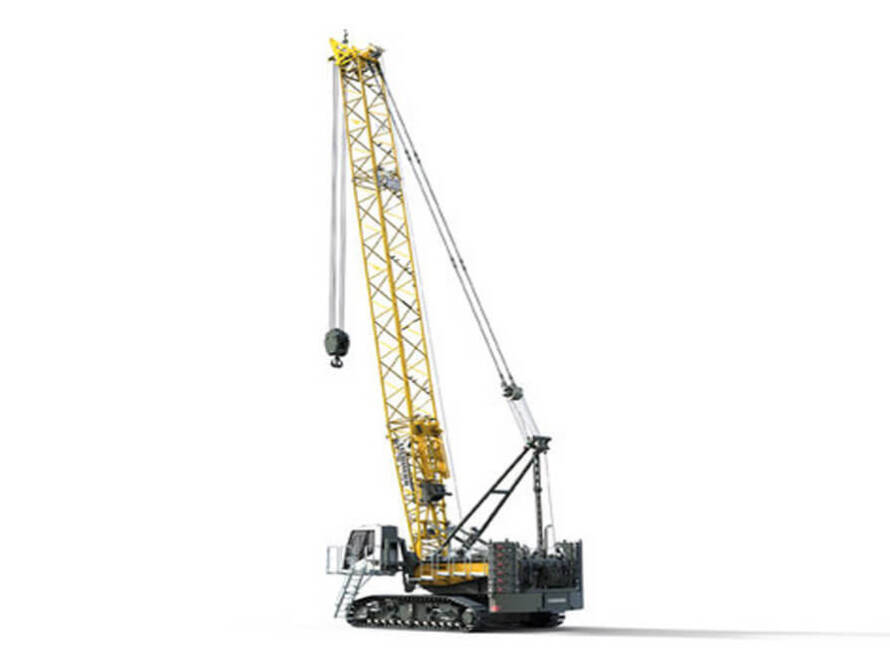In construction, all lifting operations must be meticulously planned and carried out by a competent team of people who are trained and experienced in using lifting equipment safely.
Lifting operations are jobs involving the lifting or lowering of a load. Cranes, lifting accessories and attachments are usually used during lifting operations.
It takes a whole team of trained individuals to carry out lifting operations safely. Key roles within a lifting team include crane operators, signallers, and lift/crane supervisors.
In this article, we will take a closer look at the role, responsibilities, and purpose of a slinger/signaller within a lifting team.
What is the purpose of the slinger/signaller?
The signaller plays a key role in ensuring that all lifting operations are carried out safely.
The main purpose of the signaller is to act as the eyes and ears on the ground for the crane operator and communicate clear directions to help them safely lift, move, and place down their load.
Because of the distance between the crane operator and the signaller, the signaller is required to communicate with the crane operator using standardised hand signals. If this is not possible due to bad weather or other conditions that are causing poor visibility, then the signaller may instead use lit batons or two-way radio to communicate.
It is the slinger/signaller’s responsibility to look out for any potential hazards and alert the crane operator to them. Therefore, the signaller should have an excellent understanding of construction site health and safety rules, regulations, and risks. They should also have excellent observation and communication skills.
What other duties does the signaller carry out?
As well as providing key directions to the crane operator during lifting operations, the signaller also helps other members of the lifting team to plan and prepare for lifting operations.
Some of the key duties of a slinger/signaller include:
Planning lifting operations
Lifting operations must be planned carefully to ensure that they are carried out safely. Any risks should be identified and addressed when planning a lifting operation. The plan should include a risk assessment, site preparation, setting up and dismantling the crane, selecting the right equipment, and safety checks. The signaller plays an important role in helping to plan the lifting operation and providing advice on the different lifting accessories available and how they can be used safely.
Identify hazards
The slinger/signaller should identify hazards during the planning stage of a lifting operation and also look out for developing hazards whilst the operation is being carried out and communicate them clearly to the crane operator when necessary.
Attach and detach the load to the crane
The slinger/signaller is responsible for attaching and detaching the load to the crane. They must ensure that the load is rigged up securely using appropriate and safe equipment and according to all relevant lifting rules and regulations.
Carry out safety checks
All lifting equipment must be examined before and after lifting operations to check that it is in good condition and free from damage. The slinger/signaller should carry out these checks and immediately alert the lifting supervisor to any damage or equipment that is not safe to use or requires maintenance.
Maintain communication with the crane operator throughout the lift
The slinger/signaller must maintain communication with the crane operator throughout the lift, from the point of lift until the load has been placed down in the position agreed in the lifting plan. They must provide direction to the crane operator to ensure that the lift is controlled and free of hazards.
Halt crane operations
The signaller has the authority to call a stop to all lifting operations if they deem the conditions to be too unsafe to proceed.
The purpose of the slinger/signaller is to look after the health and safety of workers on the construction site during lifting operations. The signaller must receive professional training to help them to perform their role confidently and competently.
Here at SB Skills Solutions, we run professional CPCS signaller training courses and NPORS signaller training courses accredited by the Construction Plant Competence Scheme (CPCS) and the National Plant Operators Registration Scheme (NPORS) respectively.
Our slinger signaller training provides individuals with the theoretical and practical knowledge and skills they require to carry out the role of a signaller competently. Check out our course calendar to book an upcoming course on slinger signaller training.
For more information about our slinger/signaller training courses, speak to a member of our team by calling 01695 558 420.



